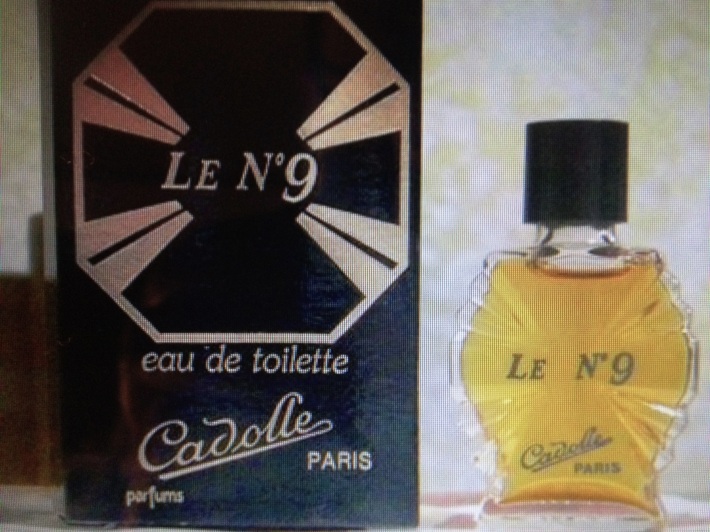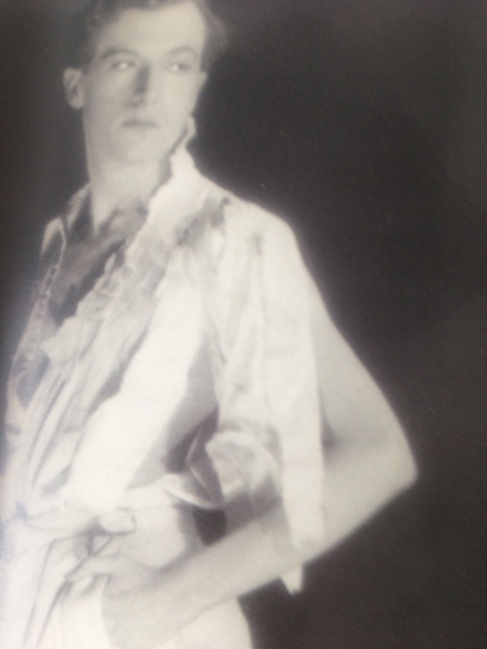Duncan and family on the beach on Christmas Day
Duncan and little Ruby:
Edward’s beautiful shell shrine:
I must admit to being disappointed upon first smelling Djedi. If there was any scent that I was intensely curious to smell, it was this: Guerlain’s mystical, almost mythical, long-gone vetiver from 1927 that was said to be one of the strangest, driest and earthiest perfumes ever made – a pungent, leathery, and boscous forest of vetiver, rose, civet, musk and patchouli that dragged you down into gloom and entombed ambience of a twilit, Egyptian mummy.
From a brief and excited sniff of the sample vial, I knew immediately that this could not be the much fêted and unobtainable vintage, as it smells so niche and contemporary: a taut and light animalic vetiver that in its initial stages reminded me for a moment of a chest-bulging eighties masculine ( beautifully impossible to imagine that this could have been created for women in the 1920’s), the civet and leather rising to the surface and almost drowning out the green and woodier notes with something verging on disturbing but never overstepping the boundaries. It was nice, but not mind-boggling.
*
On the island of Anna Marie, near Sarasota in Florida, where we have just spent Christmas and the following days with Duncan’s family, his parents, brother, his wife and their kids, the dry white sands of the beach, the grass, and the brooding sky and its lung-freshing smell seemed like an ideal place to try out Djedi in the flesh, its forest doom not withstanding, as on Christmas day it was curiously cold and windy and a strange phenomenon had just occurred: as far as the eye could see on Christmas morning, fish had been strewn on the sands, stranded, perhaps washed onto the shore in a freak wave, a perturbing sight, but given the Christian symbolism and Djedi’s themes of immortality, almost beautiful
Duncan wore Djedi. On him it smelled very masculine, sweet, sexed, almost too much so – although some of the perfumes characteristics appealed to him, ultimately he said that there was something too sour in there, bitter and dry (the very qualities I had been hoping for), but to me in honesty those aspects were almost imperceptible. To me it smelled quite nice in the salty, beachy air as the waves crashed on the shore, corporal, commanding, but admittedly a little faint: for a parfum it was a little on the pale side, fading quite quickly on his skin as we headed back to the house for Christmas dinner and a very fun afternoon of eating, drinking, and dancing.
On me, though: Duncan may still not like it but over the last few days I have come to find this scent quite compelling and would love (in my dreams) to somehow find a bottle. As I write this, I am trying to overcome my fury at having lost a rather long and epic piece I had been writing on Miami, our experiences there and on the way to America, but which at the touch of the wrong button, somehow, has been deleted as I sit here in Tampa airport with D and his parents on our way to New Orleans.
I have immediately embarked on this brief review instead to quell my burning irritation ( I can’t rewrite things from scratch: they either exist as they are or not at all). Better if I just do another one instead: writing as therapy. I am again wearing Djedi, as I sit here, and three hours in, the vetiver note is really quite sublime on me, sufficiently rooty and dark, yet also with those mineralic, citric facets I love in a good vetiver (but with none of the scratchy artificiality of many niche varieties). It is a scent that is drawing me in, hooking me. I am beginning to understand its reputation. The remaining drops are precious.






















